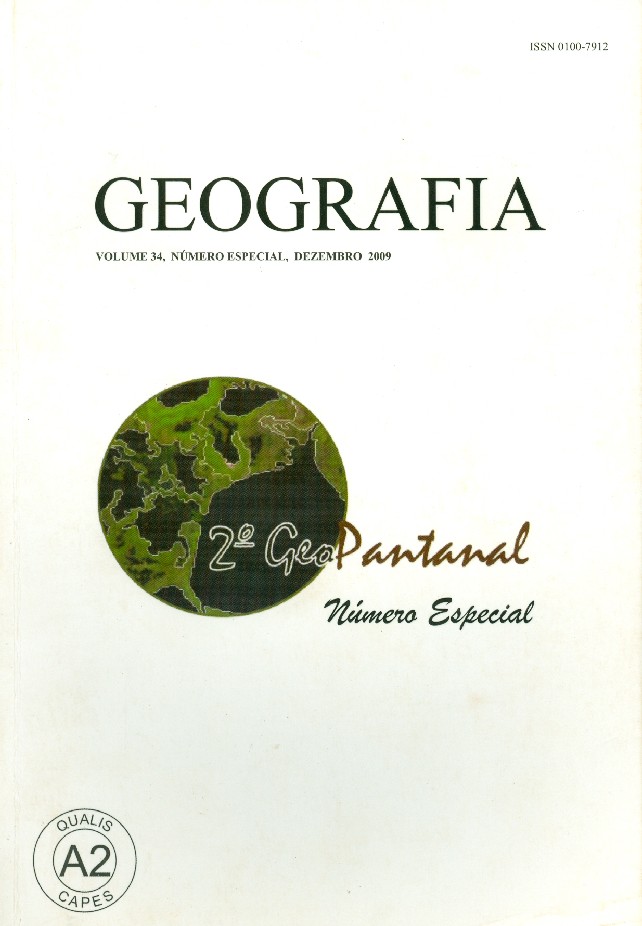MAPEAMENTO DO RISCO DE INCÊNDIO NA BACIA DO ALTO PARAGUAI UTILIZANDO DADOS AVHRR-NOAA
Abstract
Na Bacia do Alto Paraguai o fogo é muito utilizado para manejo de pastagens, principalmente durante a estação seca. A determinação do risco de incêndio em áreas de vegetação é uma informação importante para auxiliar as práticas de manejo adequado ao uso do fogo. O objetivo deste trabalho foi realizar o mapeamento do risco de incêndio na Bacia do Alto Paraguai utilizando dados AVHRR-NOAA. A análise dos perfis temporais da Banda 1 e do NDVI nos meses de agosto, setembro e outubro de 2004 a 2008, em conjunto com os focos de calor detectados nas imagens NOAA, permitiu caracterizar o decréscimo da umidade da vegetação que proporciona a condição para ocorrência de incêndios. Os resultados mostraram que valores do fator de refletância da Banda 1 maiores que 5% e valores do NDVI menores que 0,40, podem estimar alto grau de risco de incêndio. O mapeamento do risco de incêndio utilizando dados AVHRR-NOAA demonstrou ter forte correlação com os focos de calor detectados nas imagens NOAA. O método mostrou ser viável e pode ser refinado para integrar os sistemas de prevenção de incêndio para alerta de queimadas e para tomadas de decisão para controle do fogo. Palavras-chave: Sensoriamento remoto. Processamento de imagens. Série temporal. Queimada. Pantanal. Fire risk mapping in the Alto Paraguai Basin using AVHRR-NOAA data In the Alto Paraguai River Basin the fire is widely used for pasture management, especially during the dry season. The determination of the fire risk in grasslands is a valuable information to aid the management practices of fire use. This study aimed to map the fire risk in the Alto Paraguai River Basin using NOAA-AVHRR data. The analysis of the temporal profiles derived from Channel 1 and NDVI in august, September and October from 2004 to 2008, in addiction to the hotspots detected by the NOAA images, allowed to characterize the decrease of vegetation moisture, which provides the condition for fire occurrence. The results have shown that values grater than 5% in Channel 1 and values lower than 0.40 in NDVI can estimate high fire risk. The fire risk mapping using NOAA-AVHRR data has shown a strong correlation with the hotspots detected in the NOAA images. The method has proved to be viable and can be refined to integrate the prevention systems to alert fire risks and for decision making to control the vegetation fire. Key words: Remote sensing. Image processing. Time-series. Vegetation fire. Pantanal.Downloads
Published
Issue
Section
License
The authors maintain the copyright and grant GEOGRAFIA the right of first publication, with the articles simultaneously licensed under the Creative Commons BY 4.0 License, which allows sharing and adapting the articles for any purpose, as long as appropriate credits and provisions of image rights, privacy or moral rights. Other legal attributions can be accessed at: https://creativecommons.org/licenses/by/4.0/legalcode.en.
Geography, Rio Claro, SP, Brazil - eISSN 1983-8700 is licensed under the Creative Commons BY 4.0 License.





